Pot Odds in Poker: How to Calculate and Use Pot Odds for Smarter Decisions
Pot odds help you decide whether a call is profitable based on the size of the pot and the bet you’re facing. This article explains what pot odds mean, how to calculate them, and how to use them to make mathematically sound decisions in poker.
What Are Pot Odds in Poker?
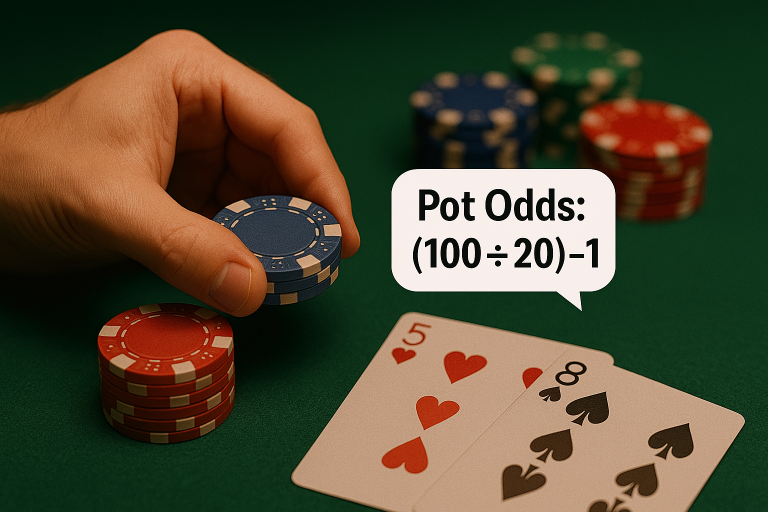
Pot odds are extremely important to play well and the most fundamental concept in poker equations, especially in No-Limit Hold’em. Pot odds essentially use the pot size and the wager you are up against to calculate if a call is profitable. It’s a ratio that balances the expenses and potential advantages of your option.
If you’re drawing to a hand, like a flush or straight, knowing your pot odds helps you determine whether continuing in the hand makes long-term sense. Rather than rely on a gut feeling, pot odds allow you to make a mathematically grounded call.
Pot Odds Definition
Pot odds are the ratio of the current size of the pot to the cost of a contemplated call. They give you a percentage that can be compared to your hand’s equity (chance to win) to determine whether a call is profitable.
For example:
- The pot is $100
- Your opponent bets $50
- You must call $50 to win $150
In this case, you’re being offered pot odds of 3 to 1, for every $1 you risk, you could win $3.
Why Pot Odds Matter
Knowing pot odds enables you to:
・Not spend too much on drawing hands.
・Determine lucrative calls using logic rather than feelings.
・Call in locations where you’re priced in, in order to balance your ranges.
・Take advantage of opponents who place too big or too small bets.
You can make more lucid, +EV judgments when you combine pot odds with your estimated chances of winning at showdown or finishing a draw.
How to Calculate Pot Odds

Calculating pot odds is easier than it sounds, and once you understand the process, it becomes second nature at the table. Whether you’re playing live or online, knowing how to calculate pot odds quickly gives you a major edge over players guessing or going by feel.
The Pot Odds Formula
To calculate pot odds, use this formula:
Pot Odds (%) = (Amount to Call ÷ Total Pot After You Call) × 100
Let’s break that down with an example:
- Pot is $100
- Opponent bets $50
- You must call $50
- Total pot if you call = $100 + $50 + $50 = $200
Pot Odds = ($50 ÷ $200) × 100 = 25%
This means you need at least 25% equity to make a break-even call.
Pot Odds as a Ratio
Poker players often express pot odds as a ratio instead of a percentage. Using the same example:
You’re calling $50 to win $150, that’s a 3:1 ratio (you get $3 for every $1 you invest).
To convert a ratio to a percentage:
Ratio Odds → Pot Odds (%) = 1 ÷ (1 + Ratio)
So, 3:1 becomes:
1 ÷ (1+3) = 0.25 = 25%
Using Pot Odds With Draws
Let’s say you’re on a flush draw with one card to come. Your odds of hitting it on the river are roughly 4.1 to 1, or about 19.5%. If your pot odds are better than that, say 3:1 (25%), then calling is mathematically correct.
Quick Reference: Common Pot Odds
| Quick Reference: Common Pot Odds | |
|---|---|
| Ratio | % Needed to Call Profitably |
| 1:1 | 50% |
| 2:1 | 33% |
| 3:1 | 25% |
| 4:1 | 20% |
| 5:1 | 17% |


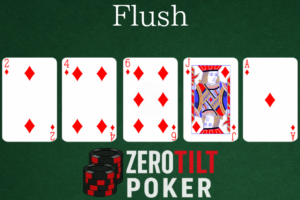
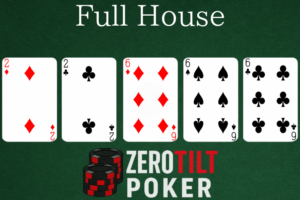
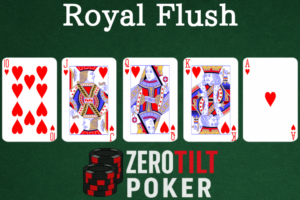
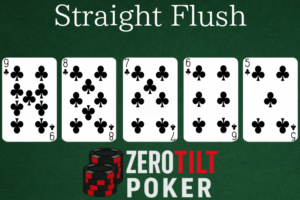
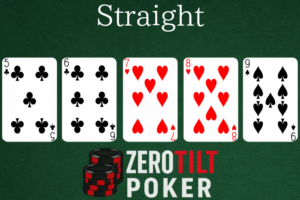
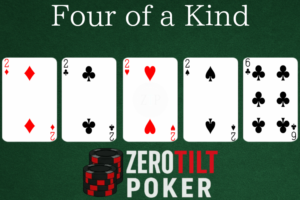
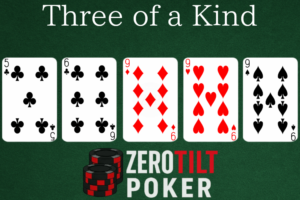
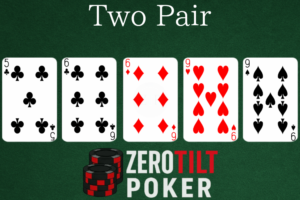

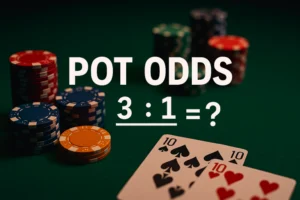



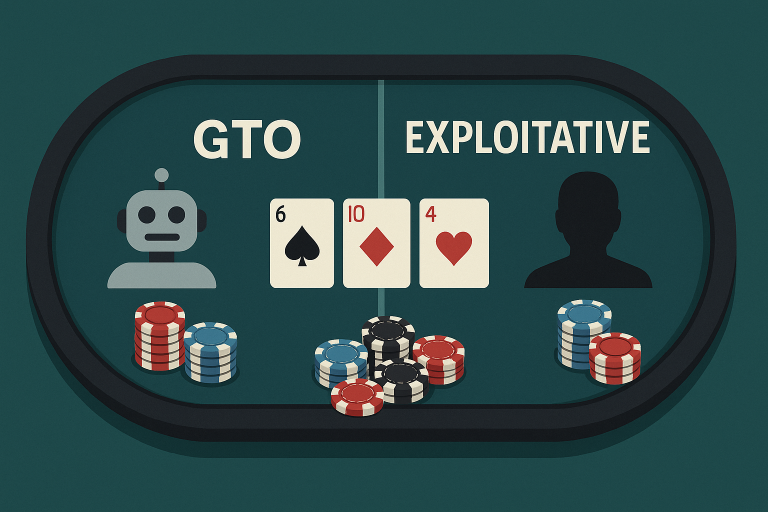
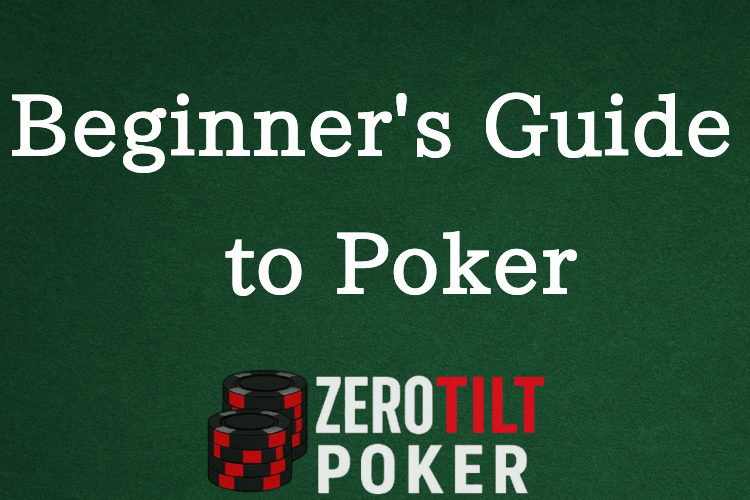
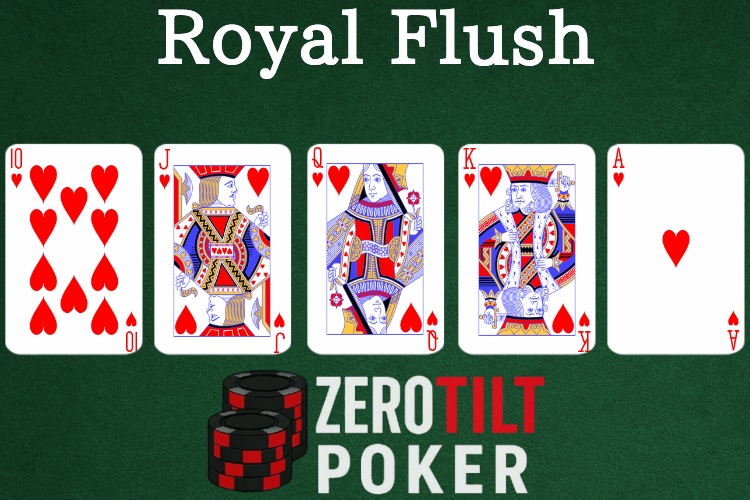
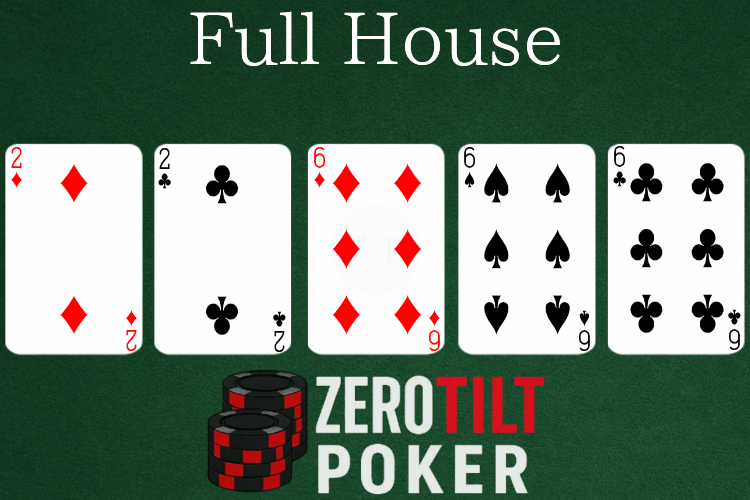
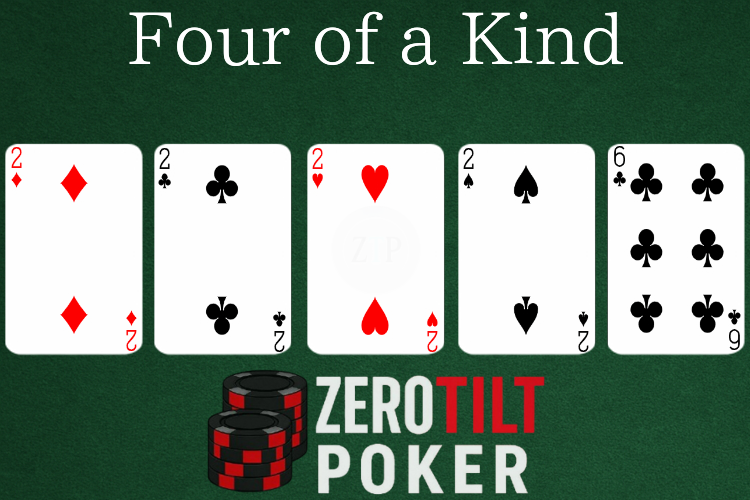
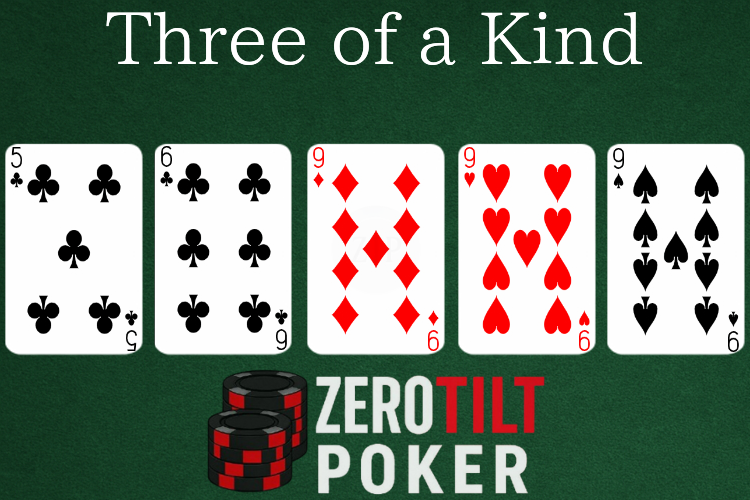
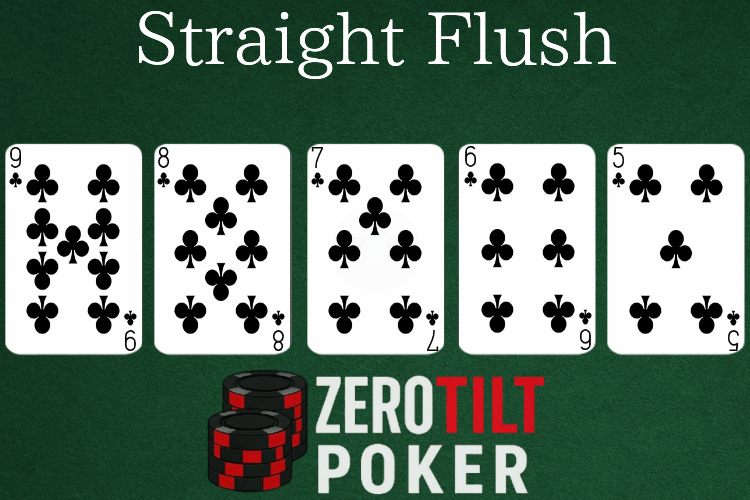
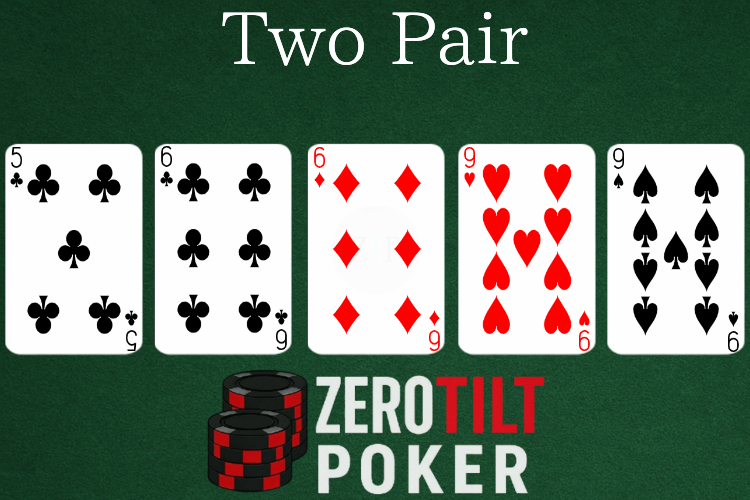


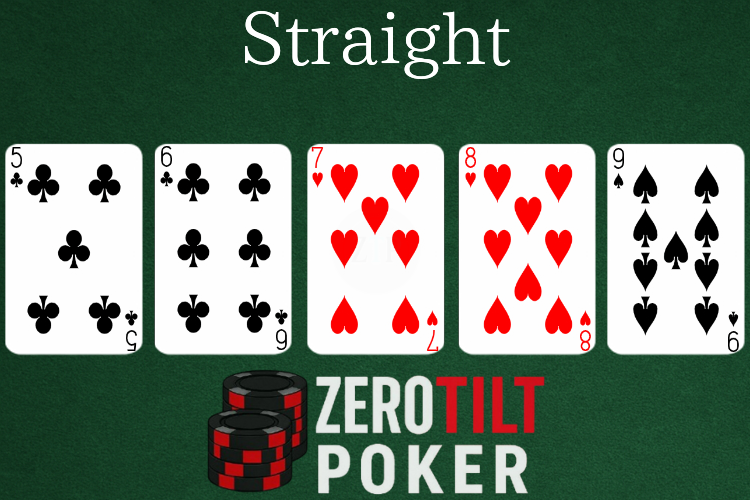

Leave a Reply